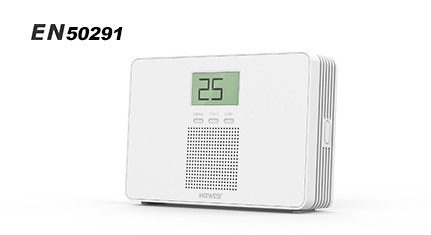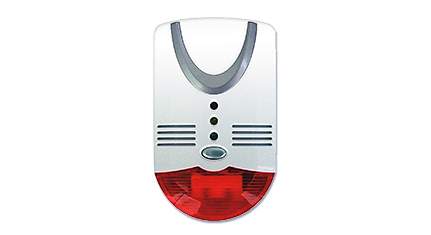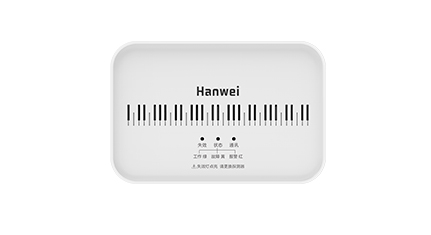Things you must know about CO alarms
Unlike smoke or natural gas, carbon monoxide is colorless and odorless, but it is just as poisonous, it can be difficult to detect without proper safety instruments. In the United States, there are approximately 40,000 reported cases of CO poisoning every year by malfunctioning furnaces, ranges, water heaters, space heaters, fireplaces, charcoal- or gas-fired grills.
Having a CO detector is a very small investment that can protect the lives of the people you love.
There are two main types of CO alarms on the market: Battery-powered CO Alarm or AC-powered CO Alarm. There are many kinds of CO alarms to choose from. Consult with Hanwei Electronics to determine the best device for your demand.
Install carbon monoxide alarms in hallways near every sleeping area and in living areas in the neighborhood of fuel-burning appliances. The recommendation is one alarm installed in the hallway outside every bedroom. Make sure the alarms aren’t blocked by furniture or window coverings. CO alarms should not be installed in kitchens or directly above any fuel-burning appliances.
Also, it is important to regularly maintain CO alarms! Even if you had a false alarm, it's important to test your detectors regularly. For CO detectors that are plugged into an outlet, you should test them once a month. If your carbon monoxide detectors are battery powered, change the batteries at least once a year.
Share:
Read More
- >>Previous: Doubts about carbon monoxide detectors? Get answers
- >>Next: Things you didn't know about your propane gas alarm







